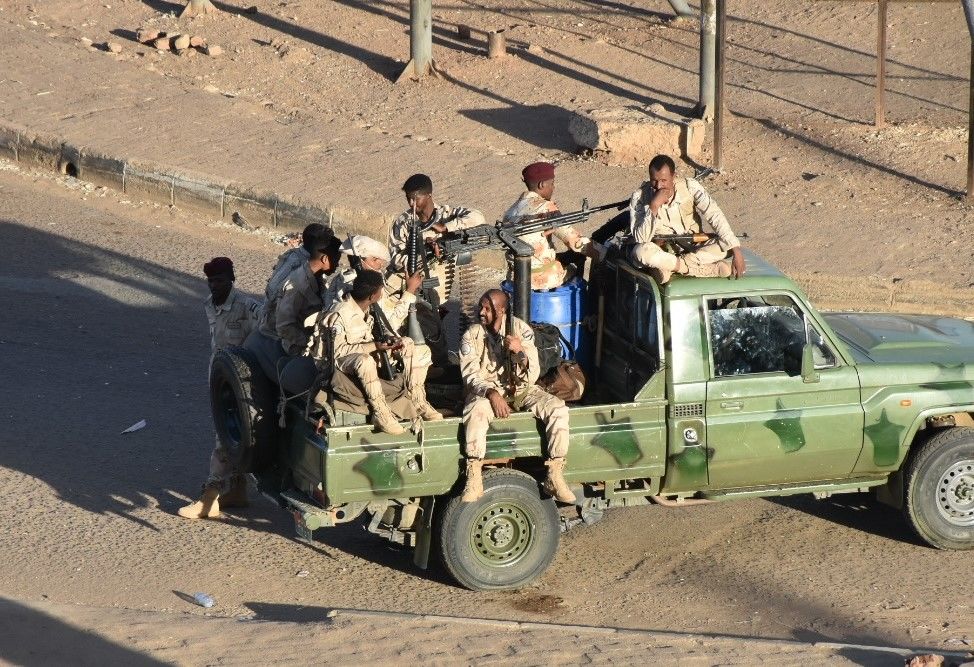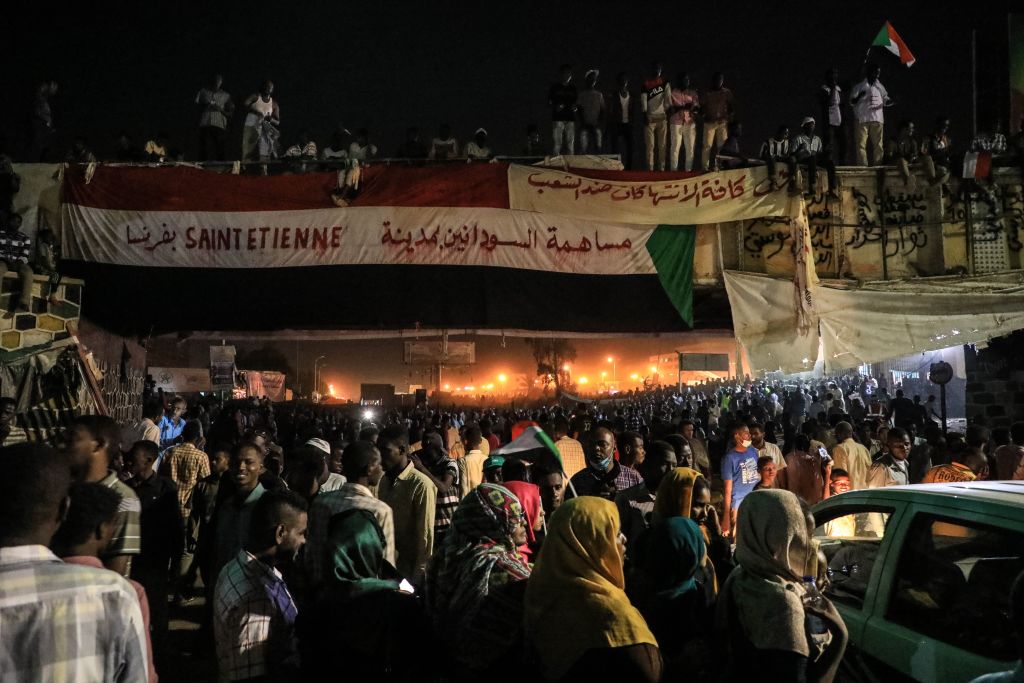Sudan’s secret hit squads
Protesters from the streets and take them to secret torture prisons
When Sudanese citizens took to the streets of their capital Khartoum in December 2018 to protest rising fuel and food prices, the fierce leadership of president Omar Al-Bashir reacted as it always did to demands by civilians for change or democratisation: he sent in troops authorized to use live-fire to suppress the protests.
This time, however, the usual heavy-handed tactics did not work. Sudanese protesters, including many women and young people, did not retreat back into their homes.
So the regime used a different strategy to sow fear among the protesters. It sent plain clothes agents into the streets, on pickup trucks without license plates, to isolate individuals or small groups of people. According to our investigation, these agents beat the protesters with clubs and pipes and put bags over their heads before throwing them into trucks and taking them to houses and large buildings serving as secret detention centers where some were tortured known as “ghost houses.”
METHODS
For this investigation, Lighthouse Reports collaborated with the BBC Africa Eye team and with local journalists. We analysed dozens of dramatic videos filmed during the Sudanese uprising that started in 2018 and ended in the summer of 2019 after president Omar Al-Bashir was overthrown and a transitional government formed. Activists managed to record more than 200 videos documenting the tactics used by Al-Bashir’s troops and plain clothes agents to violently suppress these protests: they show teams of uniformed soldiers and plain clothes agents chasing down protesters in the streets and beating them before bundling them into pickup trucks. We also interviewed some of the protesters who survived torture at secret detention centers as well as witnesses living next to the facilities. Some of the protesters told us about a secret and widely-feared holding facility known as The Fridge where cold is used as an instrument of torture. We were not able to find photographs of this shady facility but we were able to show us its location on Google maps.
STORYLINES
They were scenes that the Sudanese government would rather not have seen the light of day: soldiers and plain clothes agents beating protesters in the streets and whisking them to holding centers to torture them into submission. Our collaborative investigation identified these plain clothes agents as low-ranking thugs in the pay of Sudan’s National Intelligence and Security Services and showed the hit squads in action, documenting how they work and where they take Sudanese dissidents.
Known as “ghost houses,” these detention facilities are places where you can hear people scream but nobody comes out, witnesses told us. Some protesters were taken to a detention facility known as “the Fridge” – a sprawling storage facility where rooms are plunged into such low temperatures that detainees, often kept in solitary confinement, pray for death as a respite. Although many Sudanese citizens heard rumours about the facilities as the protests raged, they never dared to speak of it. Our investigation tells the story that they couldn’t.
To keep up to date with Lighthouse investigations sign up for our monthly newsletter
The Impact
Our investigations don’t end when we publish a story with media partners. Reaching big public audiences is an important step but these investigations have an after life which we both track and take part in. Our work can lead to swift results from court cases to resignations, it can also have a slow-burn impact from public campaigns to political debates or community actions. Where appropriate we want to be part of the conversations that investigative journalism contributes to and to make a difference on the topics we cover. Check back here in the coming months for an update on how this work is having an impact.



